NHLJan 26, 2017 by Jacob Messing
NHL Ice Conditions Become A Hot Topic Again After In-Game Disturbances
NHL Ice Conditions Become A Hot Topic Again After In-Game Disturbances
Over the weekend, the NHL and team arenas dealt with more criticism from opposing teams and coaches regarding continued ice disturbances. After just three games at Barclays Center this season, the home of the New York Islanders took some heat for having a
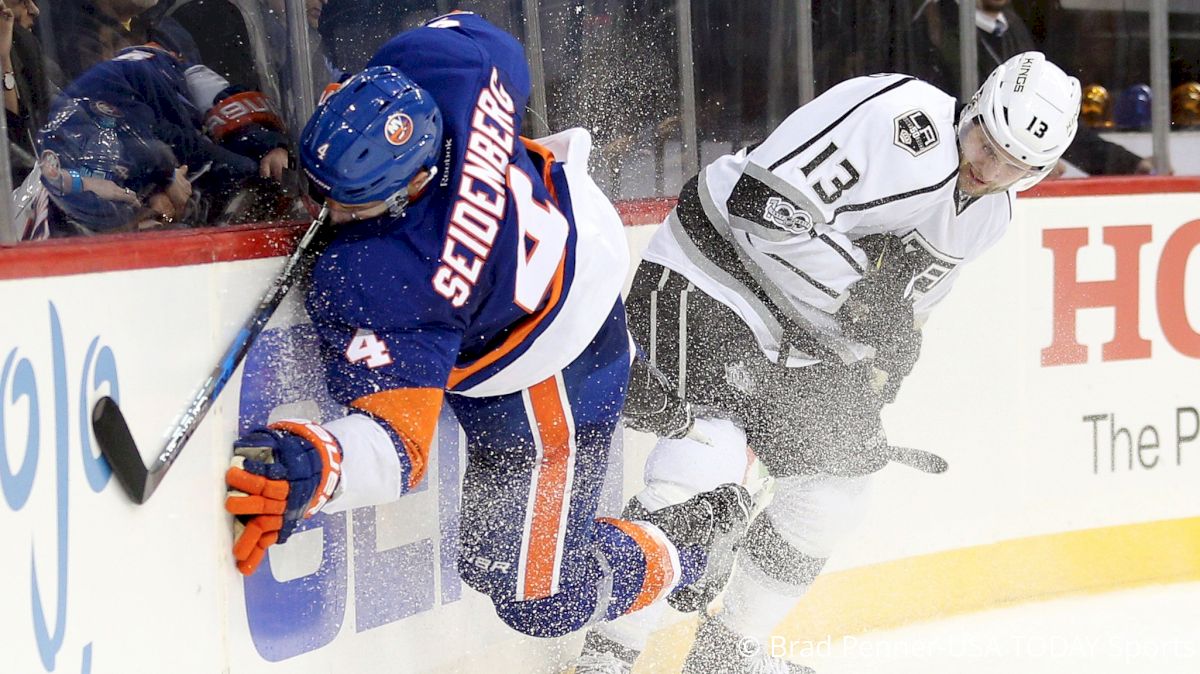
Over the weekend, the NHL and team arenas dealt with more criticism from opposing teams and coaches regarding continued ice disturbances.
After just three games at Barclays Center this season, the home of the New York Islanders took some heat for having a regrettable ice surface.
News arose that the cooling pipes underneath the ice surface were made of PVC pipe and not steel pipe, which is used league-wide and contains temperature better than PVC’s plastic structure.
After the game, Islanders forward Cal Clutterbuck acknowledged the bad ice helped slow down the young, speedy forwards of the visiting Arizona Coyotes. After the Islanders' 3-2 win, Clutterbuck said it was “the worst ice I’ve ever seen in my nine years [in the NHL].”
Then, in late December when the Detroit Red Wings were visiting the Carolina Hurricanes, a long delay turned into a postponed game due to Detroit’s having to play the following night in Tampa Bay.
A broken ice compressor left PNC Arena with melted ice moments before the scheduled 7:00 p.m. puck drop and time wasn’t on the NHL’s side when the ice refused to freeze before the NHL 22-hour rule kicked in, which prevents any team from starting two games within 22 hours of each other.
The ice issue turned into rescheduling the game for March 27, which forces a playoff-hopeful Red Wings team to play four games in five nights and even stranger, three games in three nights.
Ice went relatively ignored until Sunday when three separate games dealt with ice problems.
The Detroit Red Wings hosted the New York Rangers for a 12:30 p.m. matinee game that saw bouncing pucks and erred passes end after the Rangers tallied the games first goal for a 1-0 overtime win.
“I know the ice was the same for both teams, but the quality of the ice today was just horrendous,” Vigneault told the New York Post following the game.
“When you can’t put two passes together because the puck is bouncing all over the place, makes it very hard on both players, who have some skill. It makes it hard to put that skill on display,” Vigneault also said.
Later Sunday, Vancouver goalie Ryan Miller was critical of Chicago’s United Center, saying it was the worst ice he’s played on in his 15-year NHL career.
Miller then added an interesting take on ice surface, saying that he believes the real issue with scoring decreasing over modern years is not goalie equipment, but worsening ice conditions across the league.
And just a few hours later, Pittsburgh and Boston delayed the last 6:26 of the first period and ended up playing a near 30-minute second period due to irregular ice conditions.
Penguins defenseman Ian Cole called the problem “a pretty good hole,” and said it was nothing but slush-filled.
The real problem isn’t scoring, bad passes or decreased scoring, but player safety.
Red Wings forward Anthony Mantha felt one of various injuries due to ice problems. The 22-year-old suffered a broken tibia after he was unable to brace himself for a hit when his skate blade was caught in a rut back in 2013, which considerably delayed the high draft pick’s NHL career.
Moreover, bad ice can lead to serious knee, groin, hip and back problems that can linger seemingly endlessly for those dealing with them.
The NHL doesn’t have much choice other than to put stricter guidelines and requirements on teams and their ice crews to help protect players and consistency.
After just three games at Barclays Center this season, the home of the New York Islanders took some heat for having a regrettable ice surface.
News arose that the cooling pipes underneath the ice surface were made of PVC pipe and not steel pipe, which is used league-wide and contains temperature better than PVC’s plastic structure.
After the game, Islanders forward Cal Clutterbuck acknowledged the bad ice helped slow down the young, speedy forwards of the visiting Arizona Coyotes. After the Islanders' 3-2 win, Clutterbuck said it was “the worst ice I’ve ever seen in my nine years [in the NHL].”
Then, in late December when the Detroit Red Wings were visiting the Carolina Hurricanes, a long delay turned into a postponed game due to Detroit’s having to play the following night in Tampa Bay.
A broken ice compressor left PNC Arena with melted ice moments before the scheduled 7:00 p.m. puck drop and time wasn’t on the NHL’s side when the ice refused to freeze before the NHL 22-hour rule kicked in, which prevents any team from starting two games within 22 hours of each other.
The ice issue turned into rescheduling the game for March 27, which forces a playoff-hopeful Red Wings team to play four games in five nights and even stranger, three games in three nights.
Ice went relatively ignored until Sunday when three separate games dealt with ice problems.
The Detroit Red Wings hosted the New York Rangers for a 12:30 p.m. matinee game that saw bouncing pucks and erred passes end after the Rangers tallied the games first goal for a 1-0 overtime win.
“I know the ice was the same for both teams, but the quality of the ice today was just horrendous,” Vigneault told the New York Post following the game.
“When you can’t put two passes together because the puck is bouncing all over the place, makes it very hard on both players, who have some skill. It makes it hard to put that skill on display,” Vigneault also said.
Later Sunday, Vancouver goalie Ryan Miller was critical of Chicago’s United Center, saying it was the worst ice he’s played on in his 15-year NHL career.
Miller then added an interesting take on ice surface, saying that he believes the real issue with scoring decreasing over modern years is not goalie equipment, but worsening ice conditions across the league.
And just a few hours later, Pittsburgh and Boston delayed the last 6:26 of the first period and ended up playing a near 30-minute second period due to irregular ice conditions.
Penguins defenseman Ian Cole called the problem “a pretty good hole,” and said it was nothing but slush-filled.
The real problem isn’t scoring, bad passes or decreased scoring, but player safety.
Red Wings forward Anthony Mantha felt one of various injuries due to ice problems. The 22-year-old suffered a broken tibia after he was unable to brace himself for a hit when his skate blade was caught in a rut back in 2013, which considerably delayed the high draft pick’s NHL career.
Moreover, bad ice can lead to serious knee, groin, hip and back problems that can linger seemingly endlessly for those dealing with them.
The NHL doesn’t have much choice other than to put stricter guidelines and requirements on teams and their ice crews to help protect players and consistency.
Related Content
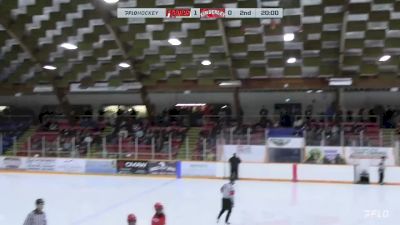 Replay: Home - 2024 Ridge Meadows vs Kimberley | Apr 18 @ 6 PM
Replay: Home - 2024 Ridge Meadows vs Kimberley | Apr 18 @ 6 PMApr 19, 2024
 Replay: Home - 2024 Tulsa vs Kansas City | Apr 18 @ 7 PM
Replay: Home - 2024 Tulsa vs Kansas City | Apr 18 @ 7 PMApr 19, 2024
 Replay: Away - 2024 Tulsa vs Kansas City | Apr 18 @ 7 PM
Replay: Away - 2024 Tulsa vs Kansas City | Apr 18 @ 7 PMApr 19, 2024
 Replay: Home - 2024 Powassan vs Greater Sudbury | Apr 18 @ 7 PM
Replay: Home - 2024 Powassan vs Greater Sudbury | Apr 18 @ 7 PMApr 19, 2024
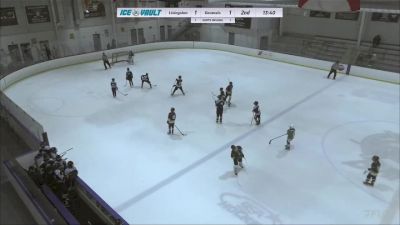 Replay: Home - 2024 Livingson MS vs Generals Blue MS | Apr 18 @ 7 PM
Replay: Home - 2024 Livingson MS vs Generals Blue MS | Apr 18 @ 7 PMApr 19, 2024
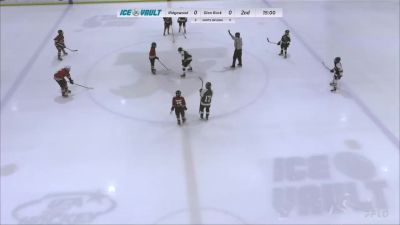 Replay: Home - 2024 Ridgewood MS vs Glen Rock MS | Apr 18 @ 7 PM
Replay: Home - 2024 Ridgewood MS vs Glen Rock MS | Apr 18 @ 7 PMApr 19, 2024
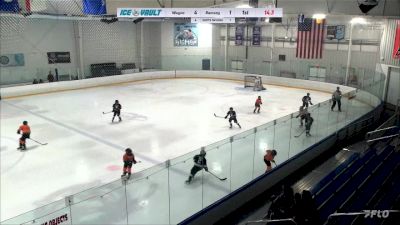 Replay: Home - 2024 Wayne SQT vs Ramsey SQT | Apr 18 @ 6 PM
Replay: Home - 2024 Wayne SQT vs Ramsey SQT | Apr 18 @ 6 PMApr 18, 2024
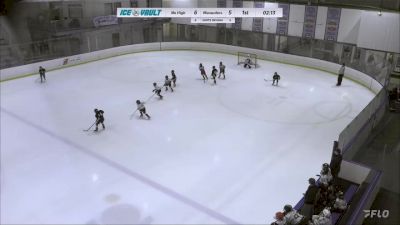 Replay: Home - 2024 Highlands Black vs Marauders SQT | Apr 18 @ 5 PM
Replay: Home - 2024 Highlands Black vs Marauders SQT | Apr 18 @ 5 PMApr 18, 2024
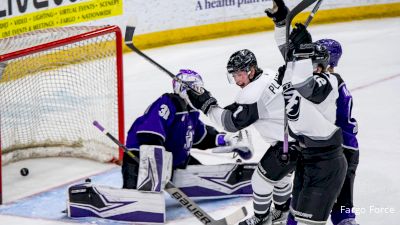 2024 USHL Conference Semifinals: Matchups, Predictions And How To Watch
2024 USHL Conference Semifinals: Matchups, Predictions And How To WatchApr 18, 2024